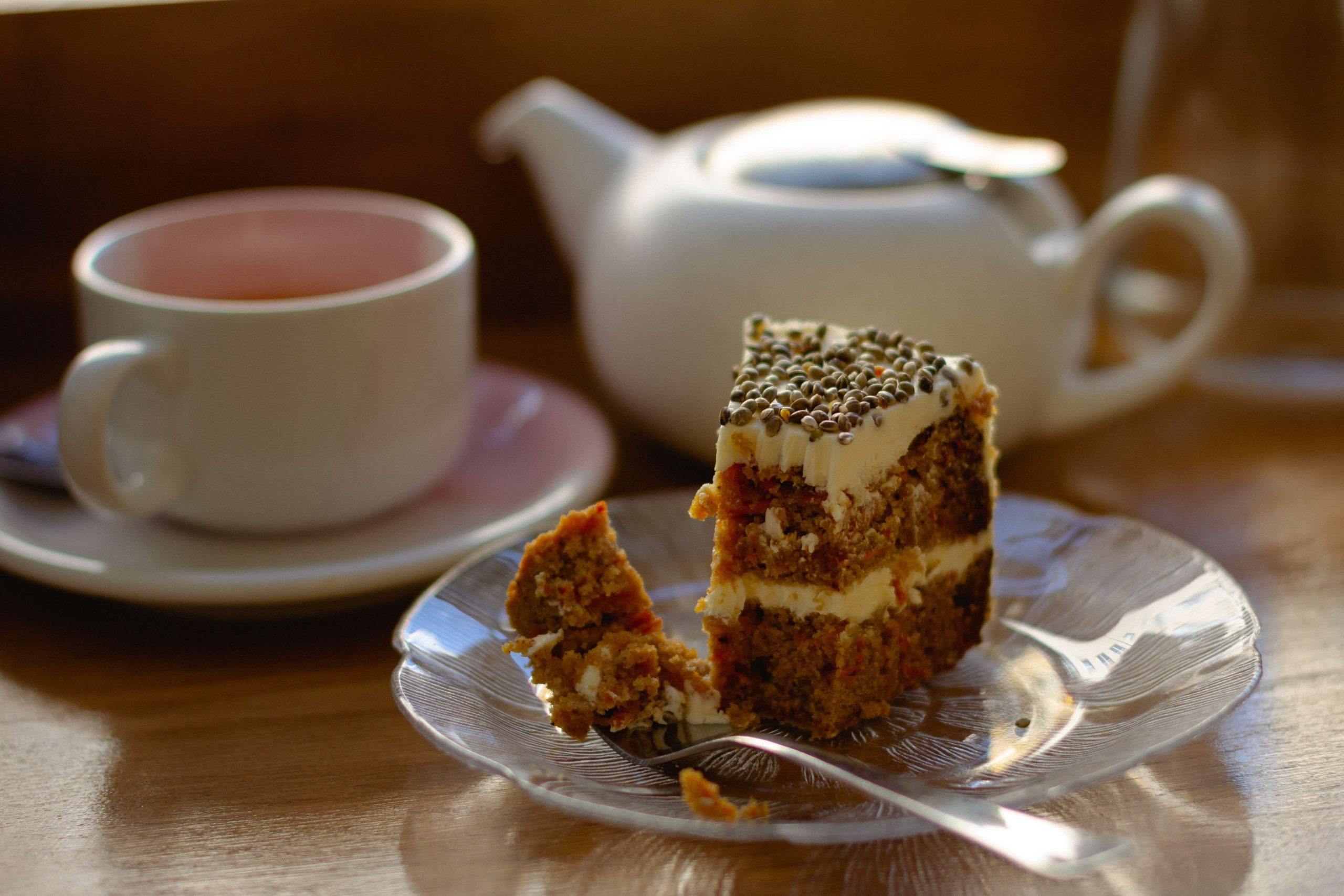If you are experiencing white spots on prosciutto, it can mean one of two things. It can be a harmless fungi, or it can be a sign that your prosciutto has gone bad. If you suspect that it is a fungi, there are a few things you can do to remove it.
Those who love prosciutto will appreciate its tangy, slightly salty flavor. It pairs well with ricotta, mozzarella, and pecorino cheeses. It also satisfies the taste buds with a hint of smokiness.
One of the easiest ways to remove white mold from prosciutto is to wash it with water or white wine vinegar. You can also cut off the affected section with a sharp knife. This will help to keep the meat from getting dry and rotten.
Another way to remove white spots on prosciutto is to wipe off the affected area with a clean cloth. This will remove any remaining mold. If you are concerned that you may have an allergy to mites, it is recommended that you avoid consuming prosciutto with white spots. However, if you don’t have any allergies, it is safe to eat prosciutto with white spots.
Those who have allergies should also check for any other signs that their prosciutto has gone bad. The smell of cured meat can be an indicator of spoilage, but there are also other visible signs. If you notice a gray or green tint to the meat, or it has marbled white fat, it may be contaminated.
The curing process of prosciutto involves the breakdown of proteins into peptides and amino acids. When the proteins are cured, they begin to crystallize, which leads to the formation of white specks on the prosciutto. This is a natural process that occurs in hams and other high protein foods. These white crystals are chalky in consistency. These are also known as tyrosine crystals.
These white spots on prosciutto can be caused by a number of different fungi. The most common causes include ham mites and white mold. While ham mites are harmless, the presence of white mold can distort the flavor of the prosciutto. In addition, white mold can be toxic.
If you suspect that your prosciutto is contaminated, you should discard it. If you do not have access to a refrigerator, freezing the prosciutto will kill mold spores. However, freezing prosciutto will not be an effective way to remove mold. You will have to wash the meat thoroughly before you can eat it. You can also cut off the affected sections with sharp kitchen shears. You can also use the packaging to mark the sections you want to remove.
Aside from white mold, other signs of cured meat that aren’t safe to eat include green or blue mold. Blue and green mold are both harmful, and if you see green or blue mold on your prosciutto, you should dispose of it.
It is also important to be careful when you cut up your prosciutto. If you are worried about contaminated prosciutto, you can try soaking the meat in white wine vinegar or lemon souse. You can also wipe the affected areas off with a cloth before you eat it.
Photo by Katarzyna Pracuch on Unsplash






Be the first to reply